Cats, those graceful and enigmatic creatures, have a history intertwined with human civilization that stretches back thousands of years. Their journey from wild predators to beloved pets is a fascinating tale of mutual benefit and evolving relationships. It all began in the ancient Near East, where wild cats roamed freely, hunting rodents attracted to human settlements.
Early Encounters with Humans
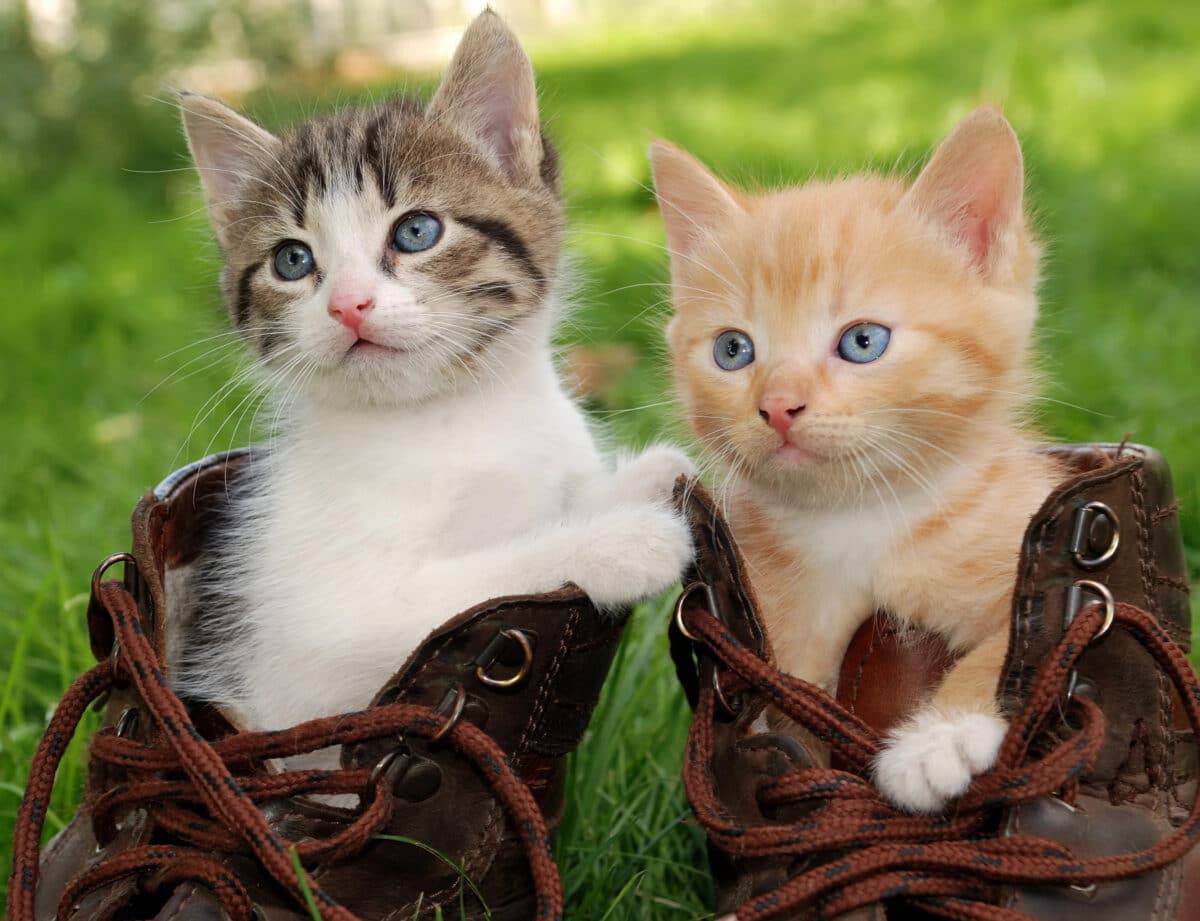
The first interactions between cats and humans likely occurred around 9,000 years ago in regions such as present-day Turkey and Egypt. As agriculture emerged, humans began to store surplus grains, which attracted rodents.
Cats, recognizing an opportunity for easy prey, started to hang around human habitations, forming a mutually beneficial relationship. Humans enjoyed the cats’ pest control services, while cats found a steady source of food.
Cats in Ancient Egypt: Sacred Guardians
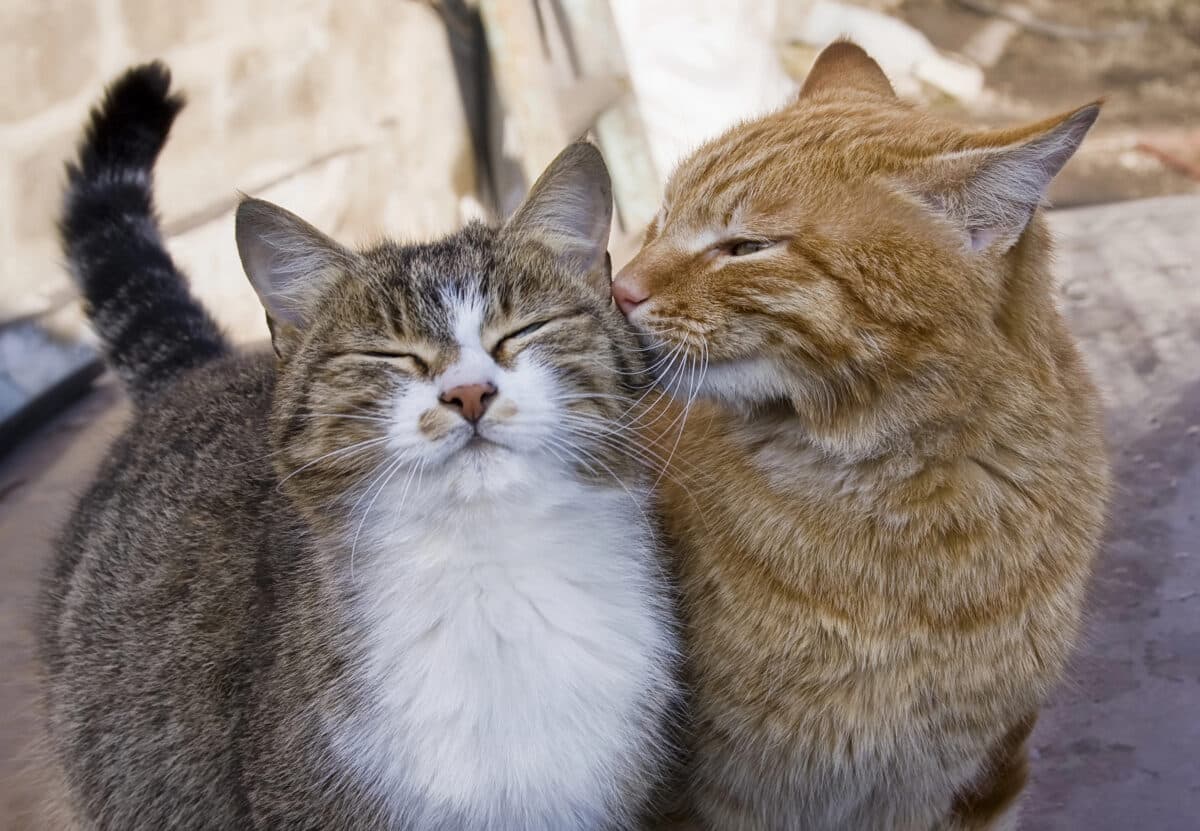
One of the most famous chapters in the history of cats as pets unfolds in ancient Egypt. Here, cats were not only valued for their hunting prowess but also revered as symbols of grace, protection, and fertility.
The ancient Egyptians worshipped several cat deities, such as Bastet, who was depicted as a lioness or a woman with the head of a domestic cat. Cats were often kept as household companions, and their deaths were mourned with elaborate rituals. Killing a cat, even accidentally, was considered a grave offense punishable by law.
Cats in Medieval Europe: Companions and Pest Controllers
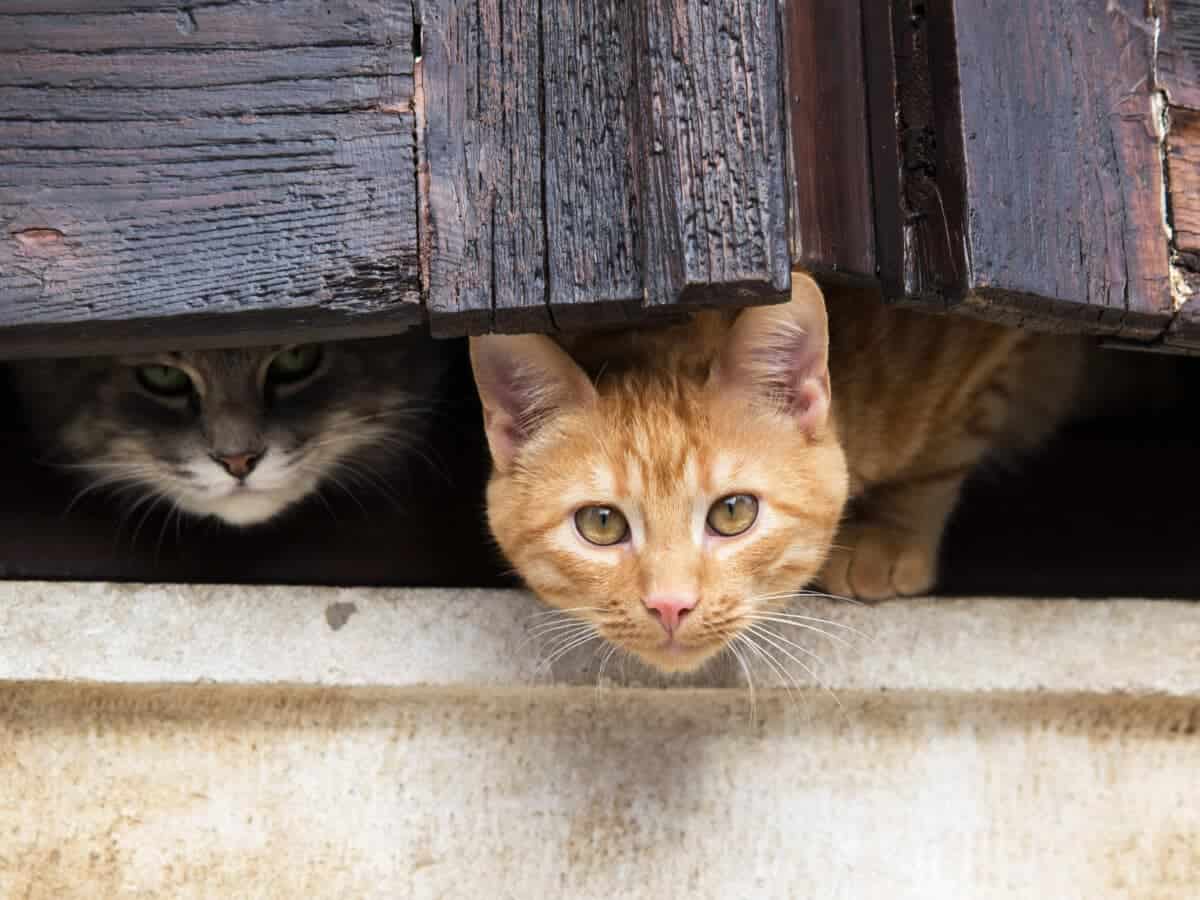
Despite their revered status in Egypt, cats faced mixed fortunes as they spread to other parts of the world. In medieval Europe, cats were initially valued for their pest control abilities, particularly during times of plague outbreaks when rodent populations surged.
However, their association with witchcraft and superstition led to periods of persecution, with thousands of cats being killed in misguided attempts to ward off evil spirits. Despite these dark times, cats continued to hold a place in European households, gradually earning their status as cherished companions.
Cats in the Modern Era: From Barns to Homes
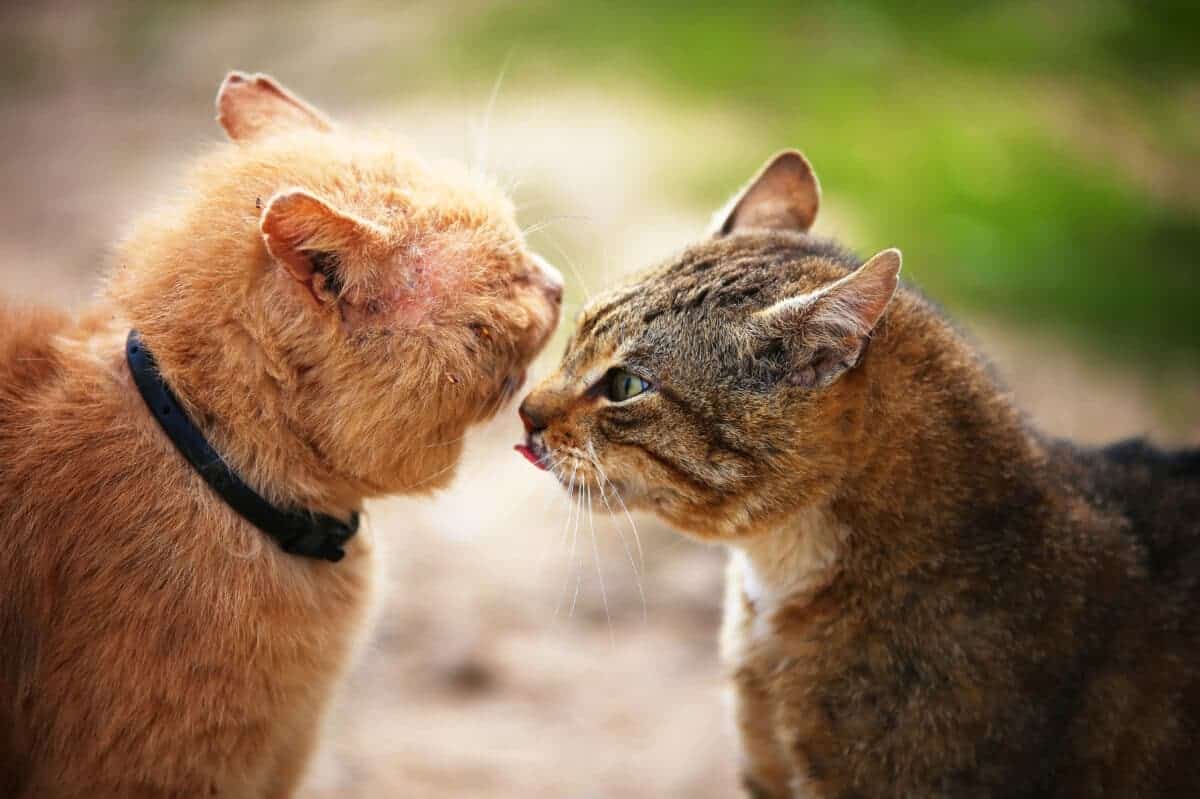
The Industrial Revolution brought significant changes to human society, including the way we interacted with animals. Cats transitioned from primarily outdoor workers to indoor companions as urbanization increased.
The rise of the middle class in the 19th century saw a surge in pet ownership, with cats becoming popular household pets alongside dogs. Today, cats are cherished members of millions of families worldwide, with their playful antics and independent nature bringing joy and companionship to people of all ages.
Wrapping Up
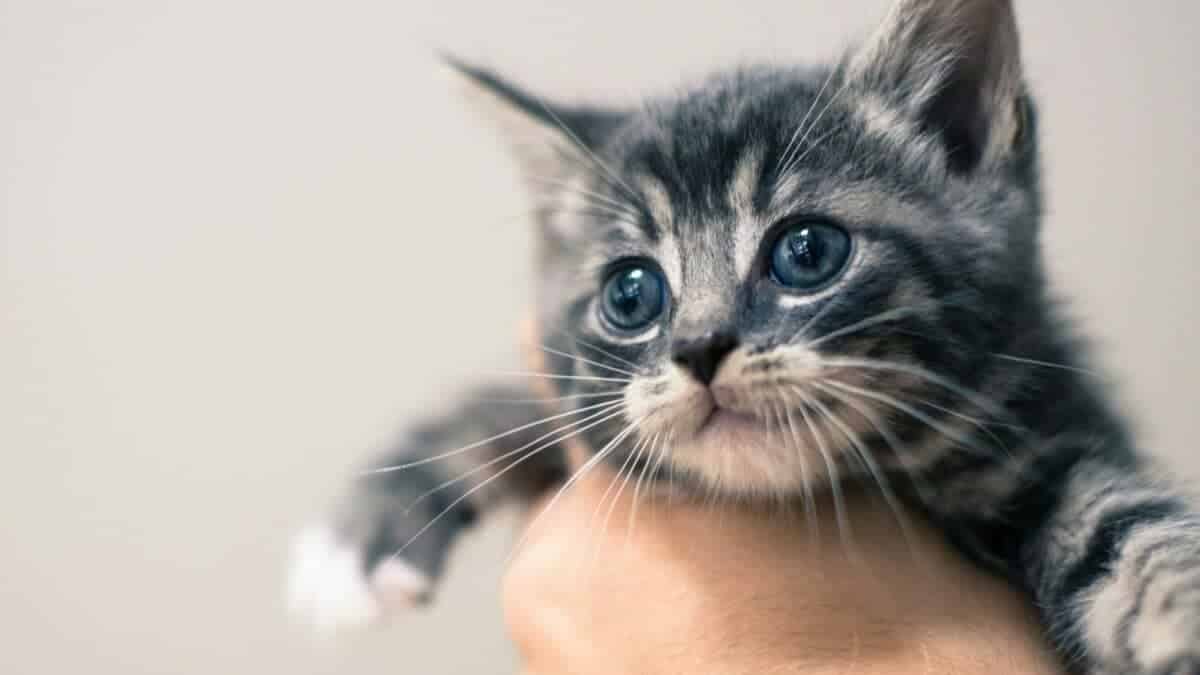
The journey of cats from wild predators to beloved pets is a testament to the enduring bond between humans and animals. Through millennia of coexistence, cats have adapted to life alongside us, enriching our lives with their presence and reminding us of the timeless connection between humans and the natural world.

Suhail Ahmed is a passionate digital professional and nature enthusiast with over 8 years of experience in content strategy, SEO, web development, and digital operations. Alongside his freelance journey, Suhail actively contributes to nature and wildlife platforms like Feline Fam, where he channels his curiosity for the Feline into engaging, educational storytelling.
With a strong background in managing digital ecosystems — from ecommerce stores and WordPress websites to social media and automation — Suhail merges technical precision with creative insight. His content reflects a rare balance: SEO-friendly yet deeply human, data-informed yet emotionally resonant.
Driven by a love for discovery and storytelling, Suhail believes in using digital platforms to amplify causes that matter — especially those protecting Earth’s biodiversity and inspiring sustainable living. Whether he’s managing online projects or crafting wildlife content, his goal remains the same: to inform, inspire, and leave a positive digital footprint.







I very delighted to find this internet site on bing, just what I was searching for as well saved to fav